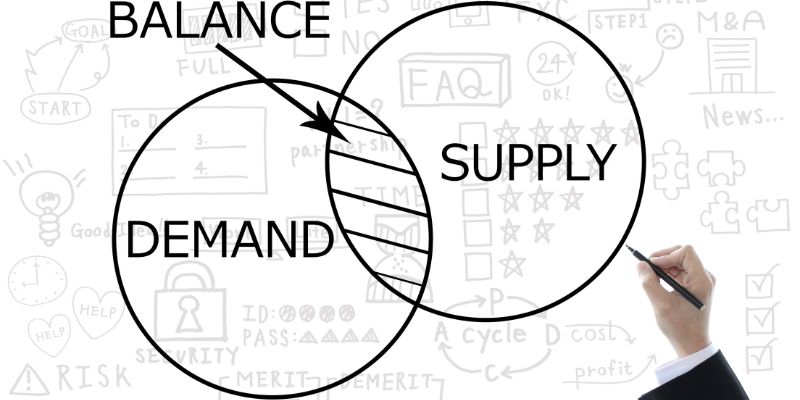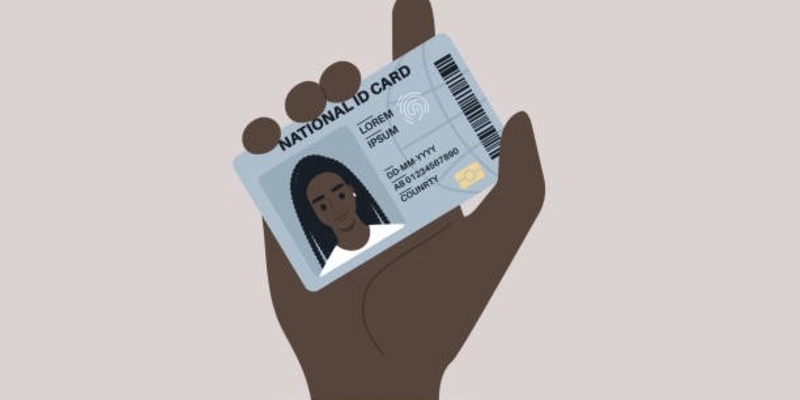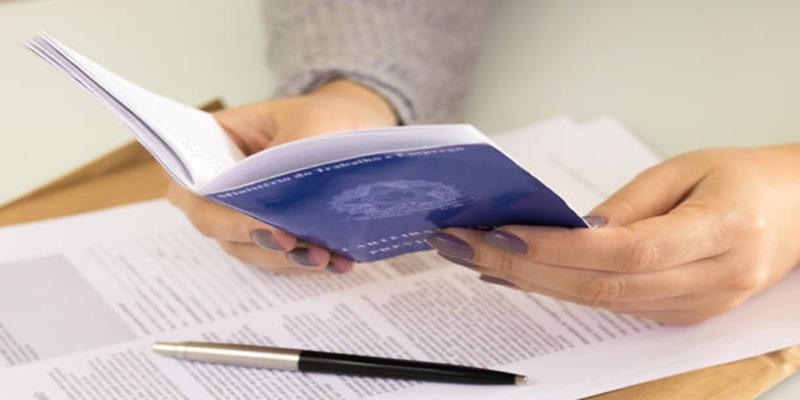These days a lot of people are opting for refinancing their rental property. But many don't know what it is and how to follow the procedures. We are going to talk about the same today.
Since it is becoming a hype these days, we will introduce you to the steps on how to refinance an investment property. It is beneficial, and having basic knowledge about this is no harm.
We will also cover its types, advantages, requirements, and more. This article will provide you with the basic idea of this topic by covering many other things.
What is Refinancing an Investment Property?
Investment Property Refinance is refinancing your current mortgage with a new one to gain access to your equity or the piece of your home you own outright. The goal is to transfer that equity and utilize it as a deposit on the investment property.
When you refinance a piece of real estate, you take out a new loan to pay off the old one. Property owners typically do this to release the equity in their home or because the new loan has a more enticing mortgage rate or loan term.
There are several refinancing options, two of which are rate-and-term refinance and cash-out refinance.
You should investigate your home's current worth and consider the expenditures you're likely to incur before and after refinancing before you start the refinance application process. Consider gathering the necessary paperwork to have it on hand if your lender asks for it. The procedure may become quicker and more effective as a result.
The interest rates on your loan for investment property will be greater than those on a loan for a primary residence. Remember that the interest rate for your investment property will reflect the higher risk because loans for personal residences are less risky than loans for real estate investments.
When you have the money from the refinance, you might consider renovating or modernizing your investment property. After all, if it is modern in style and construction, it will function well for possible short- or long-term renters. By making it more appealing to tenants ready to pay more, improvements to your investment property may make it even more compelling.
Before refinancing any property, you should quickly calculate how long it would take for the deal to turn a profit. Investigate refinancing rates first. Ensure the refinance rates for your investment property are lower than when you first bought it.
The refinance break-even point can be determined by figuring out how much you'll save each month together, typically the closing charges and any points. You may estimate how long it will take before you break even and start saving money by comparing the two figures.
Refinancing the investment property is usually not the best financial move if you don't expect to keep it for at least that long because you'll end up paying more than you'll save.
Steps to Follow
Let's look at the steps one by one -
- Build Your Equity
You must build up some equity for your rental property to be refinanced. Since many lenders like loan-to-value ratios (LTV) around 75%, you need at least 25% equity in your home.
You will typically need to give the lender actual pay stubs from the last 30 days as proof of your income before the refinancing procedure can begin.
- Gather Proper Documents
Your lender might need a bank statement or another kind of income documentation if you're self-employed.
Copies of your W-2 or 1099 forms, and proof of home insurance are additional items they may need.
Compare refinance rates and apply
Refinancing a rental property is often simpler than financing a home purchase. When refinancing an investment property, don't hesitate to compare rates from different lenders to make sure you're getting the best deal.
It's not uncommon to get a better deal with a different lender, but it may also work to your advantage if your relationship and credibility with your current lender are solid.
Contact the lender of your choice to begin the application process. Complete a lender application, provide required documentation, and respond promptly to any inquiries.
Lock in new refinance rates
Once your lender approves your application, you can decide to lock in your interest rate. Therefore, you can read the terms of your refinance without worrying about interest rate changes. The rate lock may be in effect for 15-60 days, depending on your lender.
If you do this, lock in an interest rate with your lender as soon as possible. If not, you can still get a loan at a "floating" rate. If you have a variable rate, be aware that your interest rate may increase or decrease based on changes in market interest rates.
- Go Through Underwriting
Your lender will begin the underwriting procedure after the rate lock. Your lender confirms the property's condition as well as your income and assets. The lender also asks for an appraisal, like when you bought the home.
A home's fair market value is established through an appraisal, demonstrating to your lender that the agreed-upon purchase price is reasonable.
Estimates of property taxes usually incorporate appraisal data as well. Make sure your home is in excellent shape before the appraiser arrives. Make a list of your upgrades to the home since you bought it.
- Close On The Loan
Closing on your new loan is required following the completion of underwriting. Refinance closings occur more frequently than home purchases. Your lender provides you with a Closing Disclosure document at least three working days before your closing meeting.
The specifics of your new loan and any closing expenses or fees you must pay, are covered in your closing disclosure. You will sign all of your paperwork and address any last-minute inquiries you have regarding your loan at the closing.
Within a few days, you'll notice any money your lender owes you, such as during a cash-out refinance, in your bank account.
Advantages Of Refinancing

The advantages that you may want to consider are -
- Lower Your Investment Property's Refinance Rates.
- Change the mortgage's term.
- Finance is almost anything else.
- Your home equity fund to finance other real estate investments.
- Your rental income will rise.
Requirements To Refinance A Rental Property
The following fundamental conditions must be met to refinance your investment property -
- 620 minimum credit score
- 50% is the maximum debt-to-income ratio (DTI)
While 620 is typically the lowest score needed for a refinance, a higher score will open up more favorable rates for you.
- Maximum LTV for a rate-and-term refinance is 75%, and for a cash-out refinance, it is 75% for a single unit and 70% for two to four units.
- Your savings are referred to as your cash reserves, and lenders typically require you to set aside at least six months' worth of payments.
- You need to give Refinance Documentation.
When You Shouldn’t Refinance An Investment Property
The benefit of leveraging your equity to pay off debts and free up cash flow can outweigh the risk. You will ultimately need to conduct your own risk/benefit analysis.
- A Lower Mortgage Rate Isn’t Guaranteed.
- You Might Pay More In Interest.
What Does Bank Look for In Refinance

The things that banks look for during this process are -
- A Decent Credit Score
- Stable Debt-to-Income Ratio
- Proper Knowledge of What You Need
- No More Than 10 Financed Properties
- Higher Equity Thresholds
If you want to look for the right bank, then you should always ask for a referral and should do your research.
FAQs
- What is the risk in Refinancing Investment Property?
The chance of being unable to refinance current debt with new debt could mean paying higher interest rates or paying off the loan entirely.
- How many times you can refinance a home?
There is no limit in this case, but when you close on a loan and refinance to a new one, a lender may impose a waiting period.
Conclusion
So, even though it is a profitable process, one should always be careful while investing in it. We laid out a basic structure for you so that you can learn and decide how to do it.
The financial market is always risky, but how we handle it is the key. We should always be careful about these situations.




